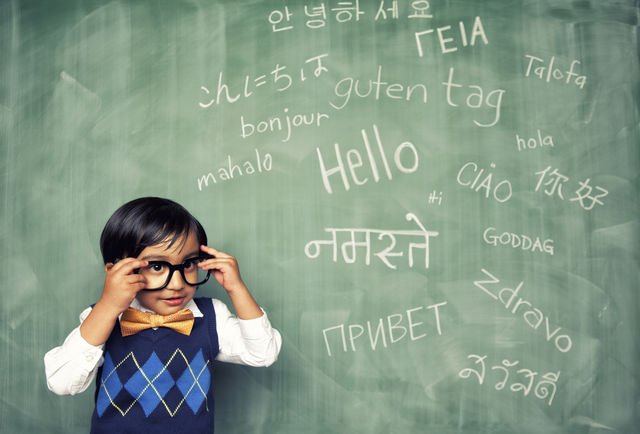India is vastly diverse in its lifestyle and traditions, and we’ve innumerable languages and dialects. Most Indians are bilingual with the aid beginning as they develop up listening and talking in at least two languages, including English, a compulsory subject in colleges, and Hindi, our mother tongue. After our independence from the British, we’ve got plenty of significance to the English language because of globalization. It is one of the most widely spoken languages in the world.

We can not say the same for Hindi since it isn’t always an obligatory problem in most schools. A dialogue about Hindi additionally brings up the North and South divide in the United States, but it shouldn’t be looked at from that angle. According to a survey via Lok Foundation, 528 million speak Hindi as a primary language. It is each the most widely spoken first in addition to a second language in India. According to a census file in 2001, approximately 258 million citizens throughout India spoke Hindi as their native language, even as 120 million used Hindi as a second language. Hindi is also one of the seven languages used to generate internet addresses. But lately, we have observed that kids or even kids are dropping touch of Hindi, specifically because mother and father and our education gadgets do not deliver it equal significance. Hindi audio systems are often frowned upon due to inferiority complicated related to the language; people see English speaking as a category and stature definition.
A survey of 1,210 families with 2,464 youngsters, carried out in advance with the aid of the Azim Premji Foundation in 4 states, indicates that mother and father no longer usually make sound picks about instructing their children. They regularly get spellbound at a school focusing more on English than Hindi. The reality is that in some countries like India these days, speakme English has to turn out to be an ideogram of class and excellent education. However, according to the Lok Foundation survey, English is far more a city than a rural phenomenon; only 3% of rural respondents said they might speak English, as opposed to 12% of city respondents. There is a clear elegance element in paintings- forty-one percent of the wealthy may want to communicate English, while much less than 2% of the poor. Therefore, learning Hindi and English can have a few giant advantages for children.
Importance of Multilingualism
Learning a second language is a superb way to enhance your professional possibilities and increase your travel and cultural horizons. Studies propose that multilingualism may help enhance multitasking, improve your memory, and improve your listening and listening capabilities. And being in India, Hindi will continually be our first language.
Good exercise for the mind
More brain parts are exercised when you learn Hindi instead of English. The Devanagari script is written from its left to proper direction with the vowel symptoms positioned on top, beneath, or on both facets of consonants; each of the brain’s left and right hemispheres is equally used when analyzing the syllabic script. When analyzing English textual content, which is alphabetic, the left hemisphere is activated most effectively. In India, schoolchildren are taught to study each English and Hindi text, making their minds more active than youngsters from different parts of the sector that use an alphabetic script. Furthermore, some of the studies carried out everywhere globally through unique expert agencies have established that teaching the mother tongue at the preliminary levels of schooling gives impetus to the growth of mind and thought and makes it extra creative and logical.
Global attain of Hindi.
Historians endorse that the language is a part of the Indo-Aryan organization of the Indo-Iranian department that belongs to the Indo-European family of languages. It is not the desired language by way of the majority in India, but speakers of Hindi may be discovered in Uganda, Yemen, Bangladesh, Mauritius, and South Africa.
Importance of Regional Language
Hindi has had its role in our lives and is an extensively spoken language that binds most Indians collectively. Most of us have grown up talking about it in our homes and use it to communicate with our near buddies and circle of relatives. It is also used officially with the aid of the authorities for their paperwork and diplomatic communications on the sector degree via the top minister himself. Even our Bollywood fraternity enjoys global popularity thanks to our Hindi blockbusters, which have transcended all obstacles and presented the Indian tradition on the sector degree.
Three






